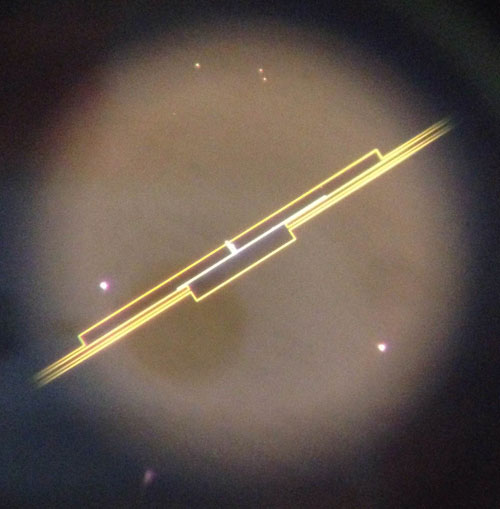24 Aug 2016
A collaboration including researchers at the National Physical Laboratory (NPL) has developed a tuneable, high-efficiency, single-photon microwave source. The technology has great potential for applications in quantum computing and quantum information technology, as well as in studying the fundamental reactions between light and matter in quantum circuits.
Circuits which produce single photons are a vital component in quantum computers. They usually consist of a quantum bit or 'qubit', coupled to a resonance circuit. The resonant circuit limits the photon output to specific frequencies depending on the design of the circuit.
This limitation means that researchers have to rebuild them each time a different frequency is required, which is time and labour intensive.
A team of researchers at NPL, in collaboration with RIKEN in Japan, the Moscow Institute of Physics and Technology and Royal Holloway, University of London, has solved this problem by creating a new device which is tuneable and is able to produce single photons over a wide range of frequencies on demand.
The technology developed by the consortium uses a super-cooled qubit that bridges two open ends of a broken transmission line. One end, through which microwave photons are outputted, is strongly coupled to the qubit. The other end of the transmission line is weakly coupled and is used as the input port to trigger the emission of a single photon from the qubit. An input pulse is used to excite the qubit into a higher energy-state similar to an electron orbiting an atom. After being excited, the qubit immediately relaxes, producing a single photon. The qubit energy can be tuned, thus altering the frequency of the output photons. The demonstrated device has an efficiency of above 80%, which is highly competitive when compared with other sources.
In addition to being a necessary part of prospective quantum computers, single photon sources can be used to shed light on the fundamental interactions between light and matter, which is vital for our understanding of quantum physics and the development of quantum and solid-state technologies. The team is hoping to build on its new single-photon source to develop the field of quantum information even further.
The team's paper has been featured in Nature Communications.
For more information contact Sebastian de Graaf , or read about the Microphoton project at NPL.















